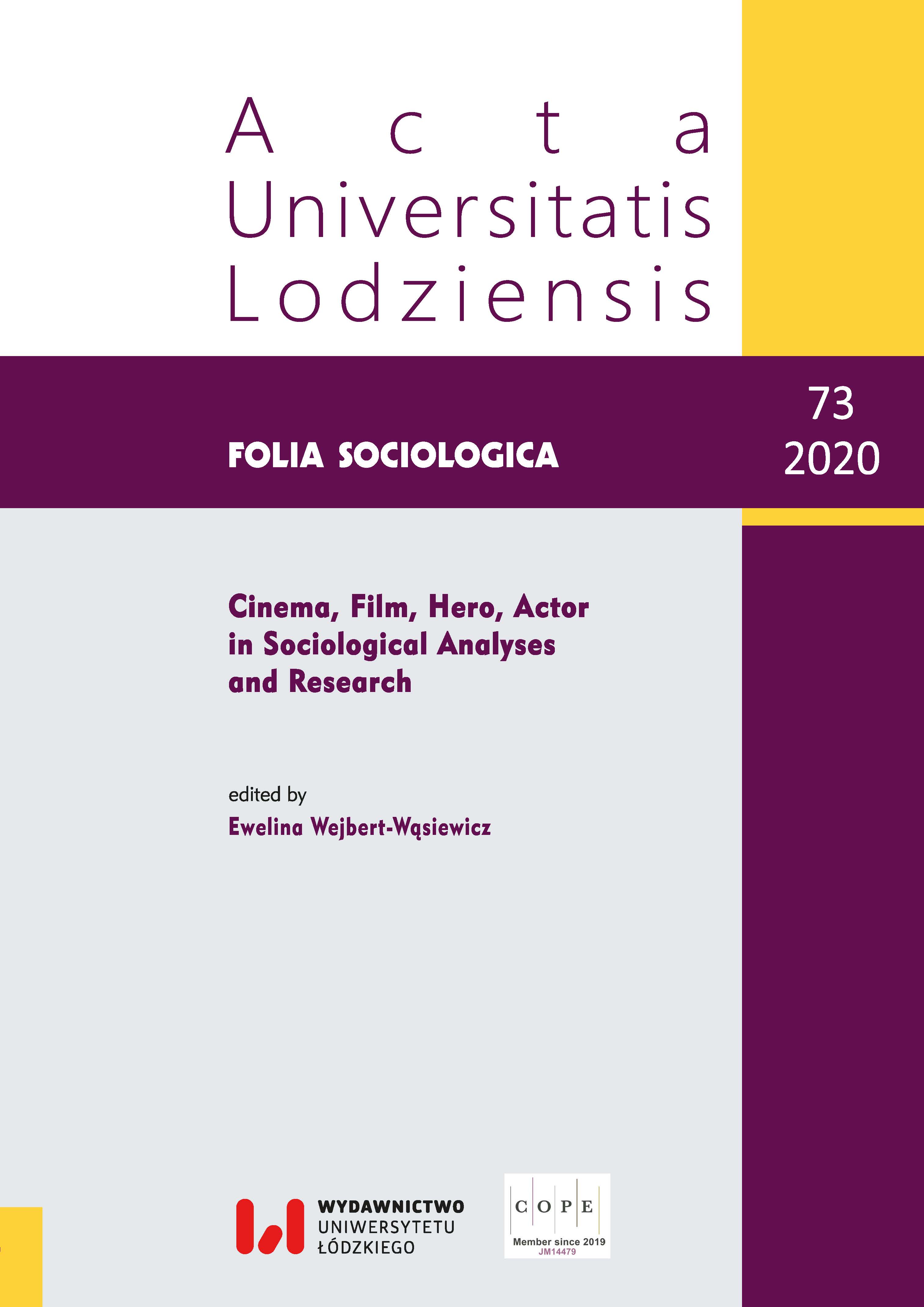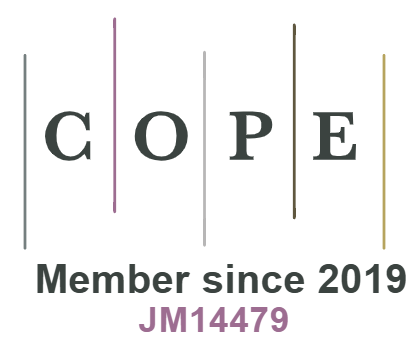Cinema for children in Poland – a bastard child of popular culture, an element of cultural education
DOI:
https://doi.org/10.18778/0208-600X.73.05Keywords:
film, film education, film art, children and young people’s attitude towards filmAbstract
In the mid-1950s, film sealed its place in the world of art with the voice of essentialist theories. At the same time, it did not give up its status as mass entertainment, which it had acquired at the beginning of cinematography’s development. Over the years, it has also developed its position as an educational medium, and its importance and impact on culture created the need for film studies. And although knowledge of film and cinematography is being introduced to school curricula, not only in Poland, the negative view that film is purely for entertainment purposes still prevails. Focusing on the subject outlined, the article refers to the results of research on film knowledge among children and young people, and on the cultural choices (using data on film choices) of parents and caregivers, to analyze the place and role of film in children’s and young people’s development.
References
Arnheim R. (1961), Film jako sztuka, transl. W. Wertenstein, Wydawnictwa Artystyczne i Filmowe, Warszawa.
Google Scholar
Bazin A. (2012), Ontologia obrazu fotograficznego, [in:] I. Kurz, P. Kwiatkowska, Ł. Zaremba (eds.), Antropologia kultury wizualnej: zagadnienia i wybór tekstów, Wydawnictwa Uniwersytetu Warszawskiego, Warszawa, pp. 224–229.
Google Scholar
Benjamin W. (1972), Dzieło sztuki w epoce możliwości jego technicznej reprodukcji, [in:] A. Helman (ed.), Estetyka i film, Wydawnictwa Artystyczne i Filmowe, Warszawa, pp. 151–182.
Google Scholar
Eichenbaum B. (1974), Problems of Film Stylistic, “Screen”, vol. 15, no. 3, Autumn, pp. 7–34.
Google Scholar
DOI: https://doi.org/10.1093/screen/15.3.7
Helman A., Ostaszewski J. (2010), Historia myśli filmowej. Podręcznik, Wydawnictwo słowo/obraz terytoria, Gdańsk.
Google Scholar
Horkheimer M., Adorno W.T. (2010), Dialektyka oświecenia, transl. M. Łukasiewicz, Wydawnictwo Krytyki Politycznej, Warszawa.
Google Scholar
Ingarden R. (2005), Wybór pism estetycznych, Universitas, Kraków.
Google Scholar
Kracauer S. (2008), Teoria filmu. Wyzwolenie materialnej rzeczywistości, transl. W. Wertenstein, Wydawnictwo słowo/obraz terytoria, Gdańsk.
Google Scholar
Kwiatkowski A. (1978), Film i rzeczywistość albo sztuka – technika – reprodukcja – film, http://bazhum.muzhp.pl/media//files/Teksty_teoria_literatury_krytyka_interpretacja/Teksty_teoria_literatury_krytyka_interpretacja-r1978-t-n2_(38)/Teksty_teoria_literatury_krytyka_interpretacja-r1978-t-n2_(38)-s132-151/Teksty_teoria_literatury_krytyka_interpretacja-r1978-t-n2_(38)-s132-151.pdf (accessed 10.02.2020).
Google Scholar
Langdale A. (ed.) (2002), Hugo Munsterberg on Film. The Photoplay: A Psychological Study and Other Writings, Routledge, New York.
Google Scholar
Lipiński F. (2010), Historia sztuki wobec kina i studiów nad filmem, [in:] J. Jarzewicz, J. Pazder, T.J. Żuchowski (eds.), Historia sztuki dzisiaj, Stowarzyszenie Historyków Sztuki, Warszawa, pp. 149–162.
Google Scholar
Marinetti F.T., Corra B., Settimelli E., Arnaldo G., Balla G., Chiti R. (1986), Kinematografia futurystyczna, “Film na Świecie”, no. 325–326, pp. 62–66.
Google Scholar
Munsterberg H. (2012), The Film: A Psychological Study, Dover Publications, Dover.
Google Scholar
Tynianow J. (1972), Prawa filmu, [in:] A. Helman (ed.), Estetyka i film, Wydawnictwa Artystyczne i Filmowe, Warszawa.
Google Scholar
Żakowska K., Kępińska A. (2017), Między zabawą a sztuką. Raport z badania jakościowo-ilościowego, Narodowe Centrum Kultury, Warszawa.
Google Scholar
http://edukacjafilmowa.pl/film-jako-atrakcyjne-narzedzie-realizacji-wymagan-podstawy-programowej-w-reformujacej-sie-szkole-podstawowej/ (accessed 10.02.2020).
Google Scholar
http://koalicjafilmowa.pl/#koalicjanci (accessed 12.03.2020).
Google Scholar
http://lodzcityoffilm.com/wp-content/uploads/2019/12/Alfabetyzm-filmowy.-Raport-NCKF-2.pdf (accessed 12.03.2020).
Google Scholar
https://men.gov.pl/ministerstwo/informacje/film-i-media-w-nowej-podstawie-programowej-konferencja-z-udzialem-wiceministra-edukacji.html (accessed 10.02.2020).
Google Scholar
Downloads
Published
How to Cite
Issue
Section
License

This work is licensed under a Creative Commons Attribution-NonCommercial-NoDerivatives 4.0 International License.










